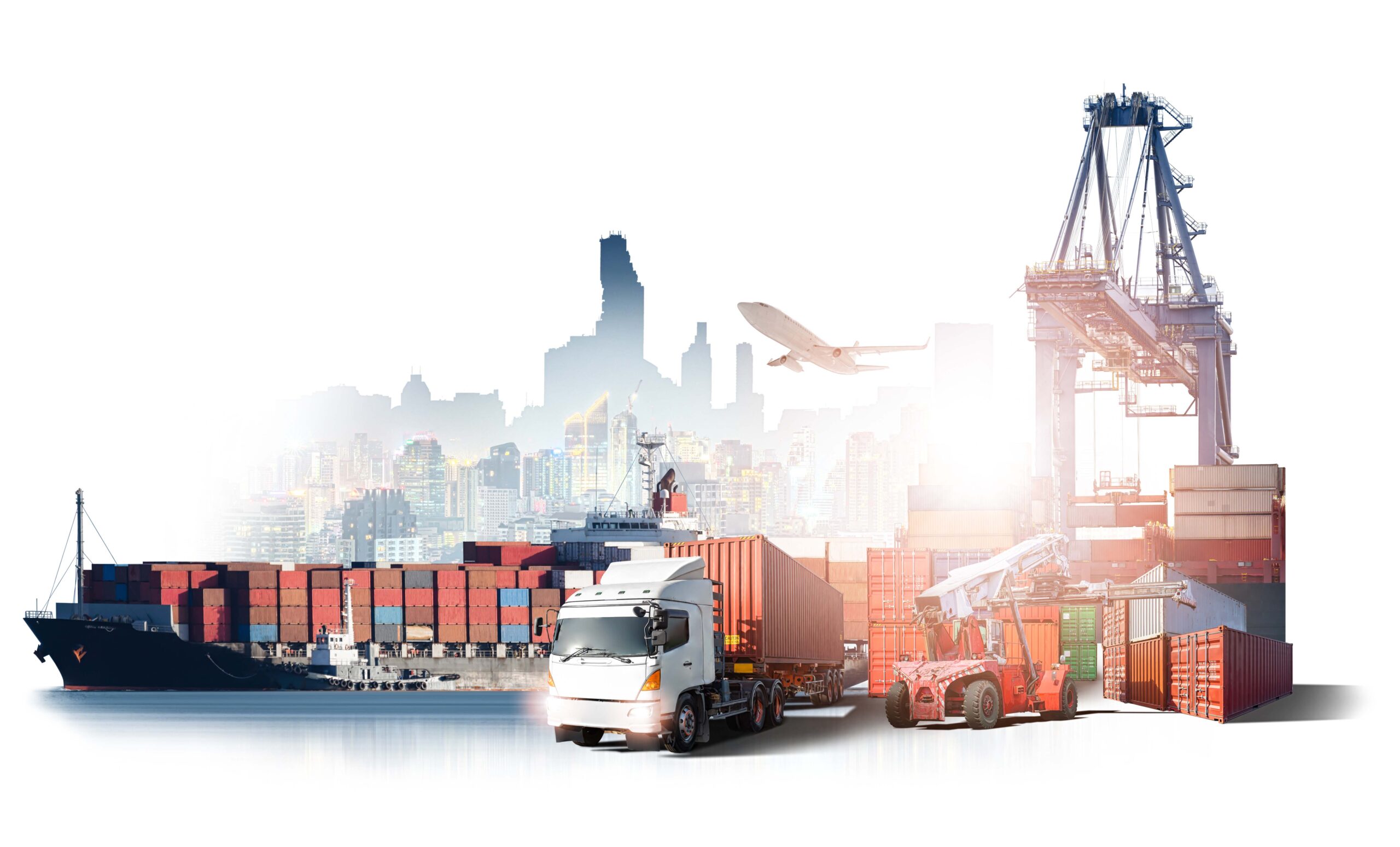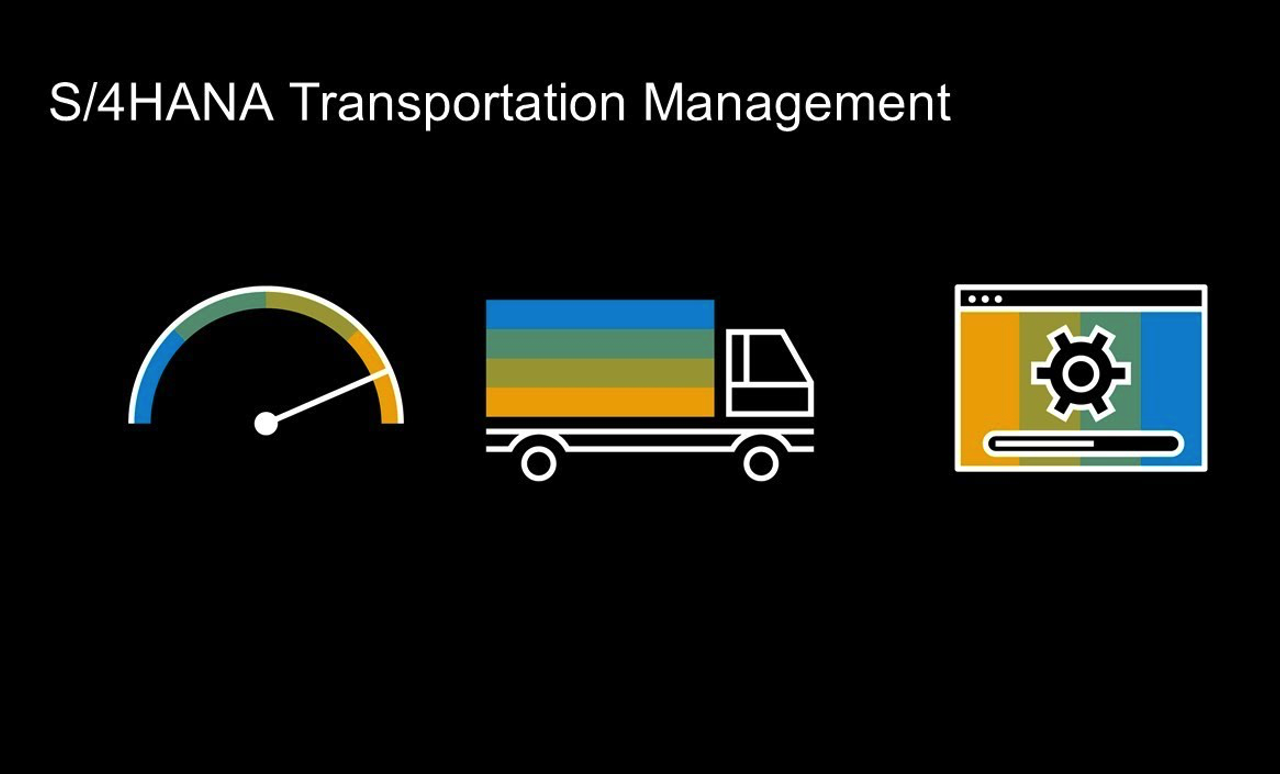Managing Supply Chain Risks during Uncertain Times
Meet the Authors
Key Takeaways
A strike involving 45,000 members of the International Longshoremen’s Association (ILA) is set to begin on October 1, 2024, halting operations at East and Gulf Coast ports for the first time in 50 years, potentially disrupting supply chains during the critical holiday shipping season.
The strike comes at a time of already high container import volumes, with August figures showing a 12.9% annual increase, exacerbating existing delays at major US ports and pushing shippers to consider West Coast alternatives, where conditions are also strained.
To mitigate the risks associated with the impending strike and increased shipping volumes, companies should prioritize utilizing robust transportation management systems (TMS) capable of real-time visibility and integrated multi-leg planning, facilitating efficient responses to disruptions.
US ports on the East and Gulf Coasts will likely be quiet from October 1, 2024, as 45,000 workers go on strike for the first time in 50 years. These workers, employed in container and roll-on/roll-off operations, are members of the International Longshoremen’s Association (ILA), a union representing their interests at the East Coast and Gulf ports.
At the heart of the matter is a six-year contract that ends on September 30. The ILA canceled bargaining for a new contract in June following an impasse over higher wages and claimed that some ports were using technology that bypassed union workers’ job protections.
However, as cargoes to these ports swell, given an early spike in holiday shipments, the potential ramifications of the strike, especially if it continues for more than a week, could be severe and create challenges for supply chains ahead of the US holiday season.
Explore related questions
The latest global shipping report by the Descartes Systems Group suggests that ports are already struggling with high container volumes, and the strike will only add to the delays in loading and offloading cargo. In August, US container imports remained above 2.4 million twenty-foot equivalent units (TEU), a figure that has historically stressed the logistics infrastructure at US ports.
At 2,479,284 TEUs, August cargoes witnessed a robust 12.9% annual increase, even though they dipped by 3% from July when cargoes soared due to earlier-than-expected back-to-school shipments.
Descartes notes in its report that the two successive months of high container import volumes have added to port transit delays at most of the top 10 US ports. These delays are likely to only increase as shipments for the upcoming holiday season rise.
Moreover, with the strike looming on the East and Gulf coasts, many shippers have moved their cargoes to land on the West Coast, which is already grappling with high port transit wait times and a shortage of chassis and railway containers to ship further inland.
Air freight might also be an option for companies shipping from Europe, but it would require setting up new contracts and routing guides.
As shippers plan for the holiday rush amid these uncertainties, a robust transportation management system (TMS) gains even more importance, especially since not all TMS and visibility solutions can handle air freight and OTR modes.
Thus, companies need an integrated TMS with multi-leg planning and easy onboarding of new carriers and partners, along with global visibility and connectivity, to work with current and potentially new forwarders and carriers, given the increased volumes on current West Coast lanes or shipping on new lanes.
For example, TMS like the one offered by Descartes works across systems like SAP TM and enhances the latter’s capabilities by providing real-time visibility for loads and shipments. The system also communicates data and information back to SAP BN4L in addition to its own control tower view, while supporting automated alerts and notifications that can go directly from Descartes to stakeholders who have SAP TMS if needed.
SAP and Descartes have also partnered to provide seamless, real-time and automated communication, mainly booking and messaging services between SAP customers and their carriers or other stakeholders through SAP BN4L. It allows a customer to have one integration to BN4L, with Descartes handling the communications with all the different parties. This can help companies take prompt action to mitigate any impact of unplanned events like the port strike on the East Coast next month or the heavy traffic at West Coast ports because of it.
Finally, with the strike looming, Descartes has advised shippers to continue evaluating its potential impact to determine alternate ports or trade lanes in the short term. In this case, predictive ETAs built into a TMS will help plan the drayage and in-land movements while minimizing detention and demurrage charges, and delivering the goods on time.






